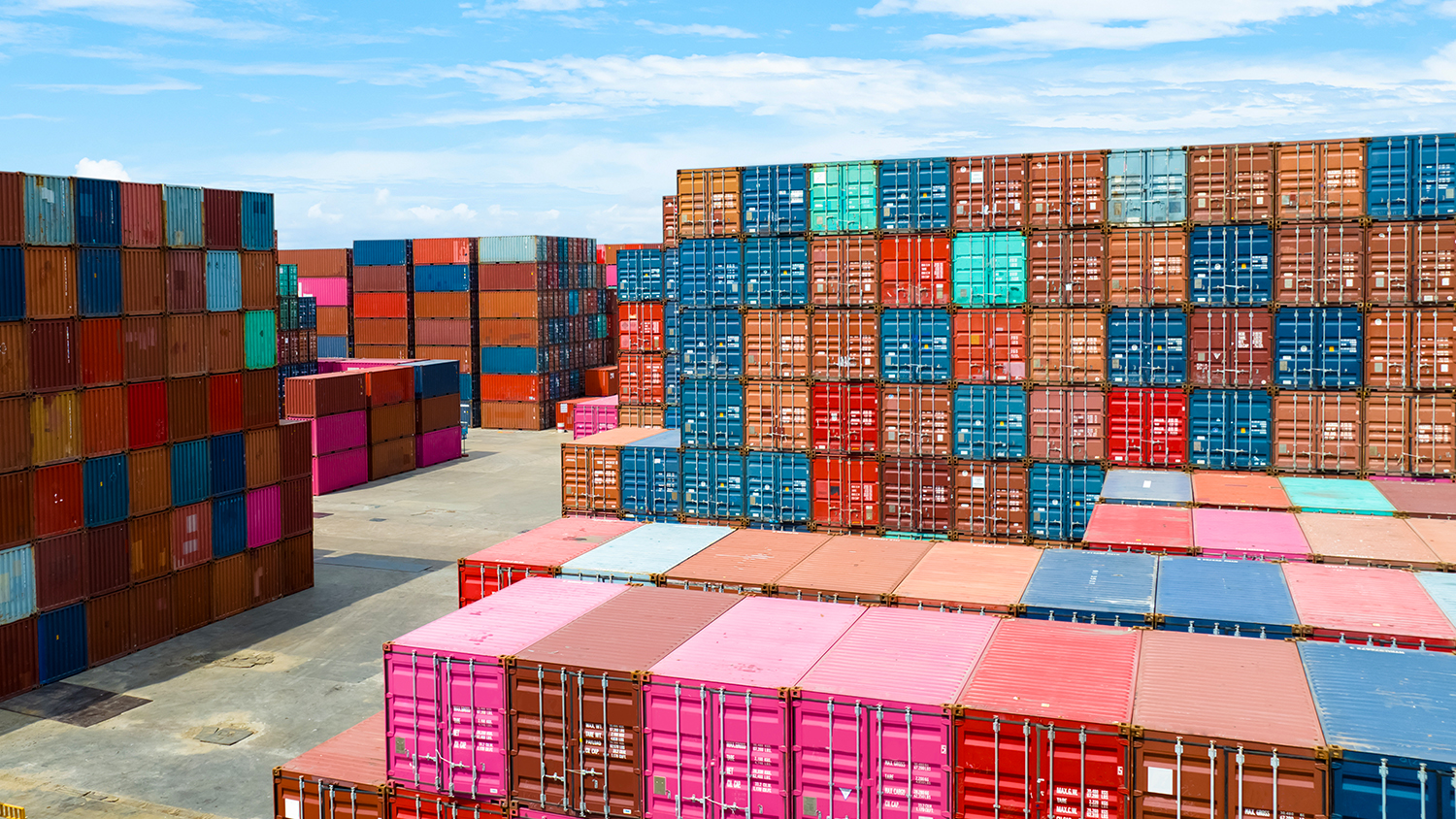A globally polarizing war, devastating natural disasters, the aftermath of a post-pandemic planet – it can sometimes feel like the world is on its knees. The cascading effects of these large-scale events impact not only those in the immediate area, but countless others far down the line.
It comes as no surprise then that supply chains bear some weight of the burden. With a supply chain that extends across teams, companies, regions, and continents, the fashion industry in particular illustrates this challenge.

An unsettled market in uncertain times
Given the current geopolitical situation, a growing number of global consumers are in an “unsettled” state. That is, according to Harvey Ma, SVP of retail for NielsenIQ, who spoke about 6 transformative retail trends that will break through disruption this year at last month’s NRF Big Show 2023 in New York. With the threat of recession looming and inflation rates rising, caution is the default purchase mindset as we make our way through 2023. This applies even to consumers who haven’t been financially impacted by these trends. And with a cautious approach, clothing is one of the first budget items to be cut.
Hand-in-hand with this state of caution is its effect on the globalization of the fashion supply chain. Advances of the last decade have made the process behind a given piece of clothing a global one. Now, however, with the uncertainty world events have created, there seem to be some shifts toward an actual back-tracking of the global partnerships that have become the norm. As hunting down goods stuck in a port or finding the cheapest option for raw materials become less appealing (and more necessary over greater distances), local supply chains look better than ever as a simplified, more reliable alternative.
With the threat of recession looming and inflation rates rising, [consumer] caution is the default purchase mindset as we make our way through 2023.
Navigating uncharted waters
The best course of action through this unpredictable state of affairs? It’s impossible to know and difficult to guess. It will vary by business and niche, of course, but there are a couple of sound tips that may provide some guidance:
- Maintain strong relationships between suppliers and brands. Know each other. Know each other’s needs, priorities, pain points, processes. Determine how you can help each other to achieve your business’ respective goals. This mutual collaboration will provide massive benefits to both parties over time – and these days, it’s sure to be appreciated.
- For brands, aim for sourcing diversification whenever possible. With dynamic factors like cost, agility, and speed to market at play, sourcing from a variety of suppliers is one method of supply chain disruption management which reduces risk. Every region has its own sourcing advantages and disadvantages, and we never know which ones will come into play at which moment. Be prepared so that a crisis for the world won’t automatically be a crisis for your business, too.
- Invest in sustainability measures for your business. Figure out where you stand and what needs to be done to make improvements. Gen Z accounts for a growing portion of consumers, and they want proof rather than promises of sustainability progress before making a purchase. By investing in sustainability, you’ll set yourself up for a more stable, secure future as buying decisions are increasingly made based on this criteria.
The only way is through
Circling back to the best course of action: we adapt. We constantly assess what we’re doing, make adjustments, test it, tweak it, and move forward. Because in one form or another, these uncertainties, these unexpected events that keep occurring will likely continue. And the only way to weather the storm is having the ability to change what you’re doing. Fashion has always been a dynamic, creative industry in terms of the end product itself – now, it’s time to apply these values to the processes behind the end product.
Check out our webinars
We’ve got a wide range of informative, inspiring webinars in our library of events. Take a look to find one that sounds interesting. And feel free to reach out if there’s something you’d like us to cover that you don’t see!
Related content
Want to chat?
We’d love to hear from you. Reach out to see how we could work together.





